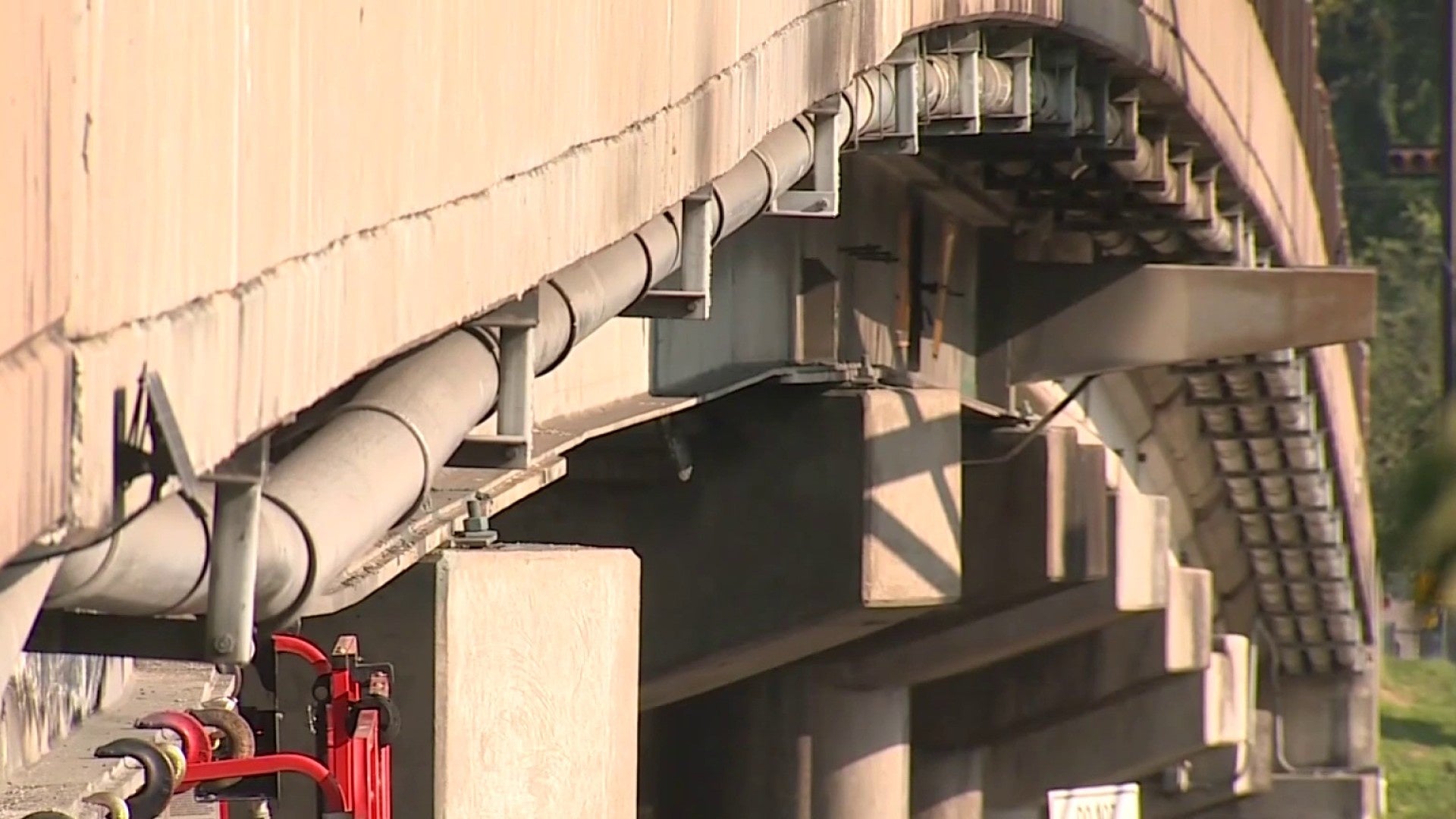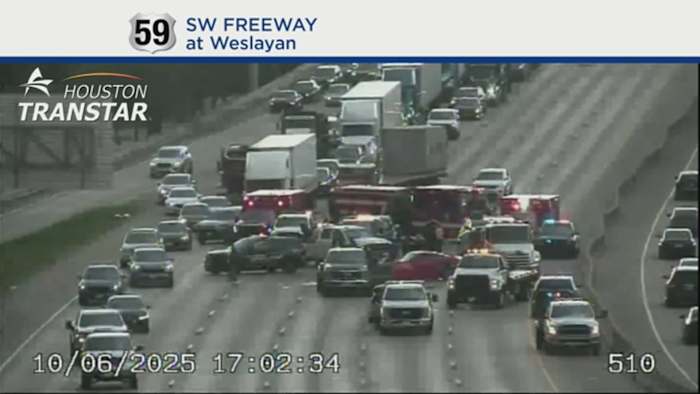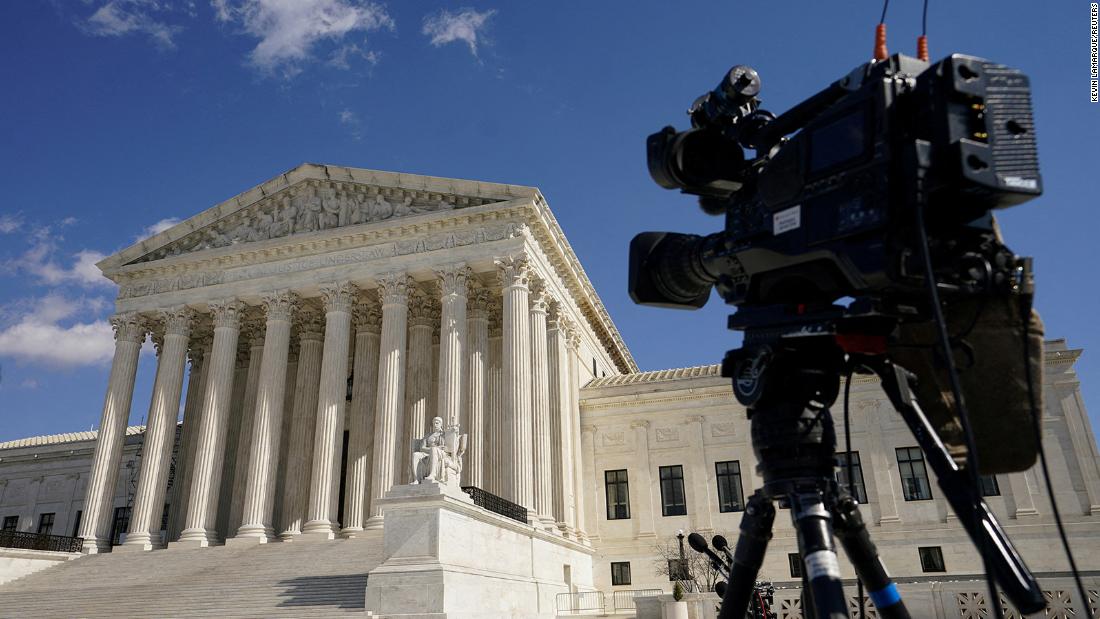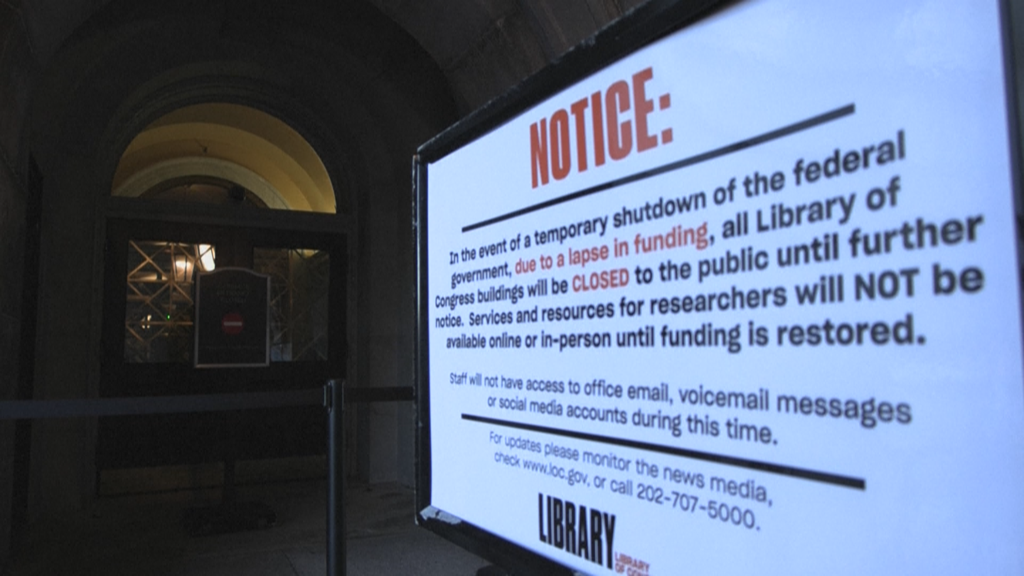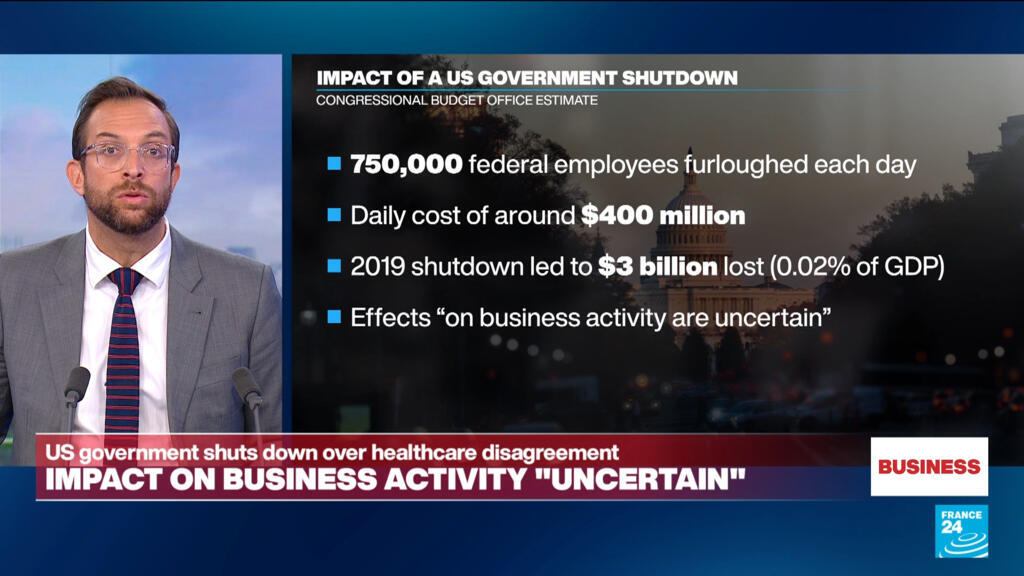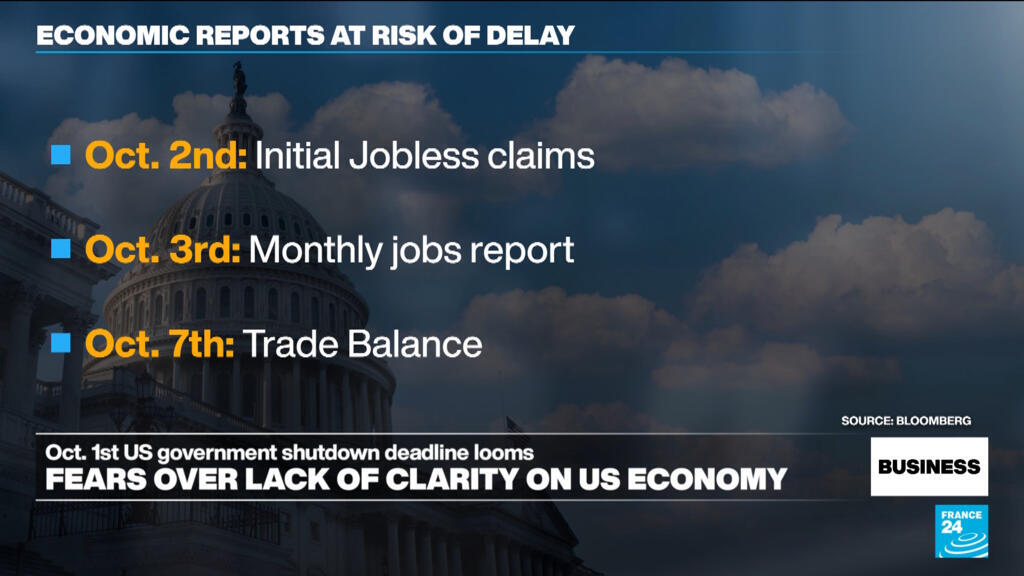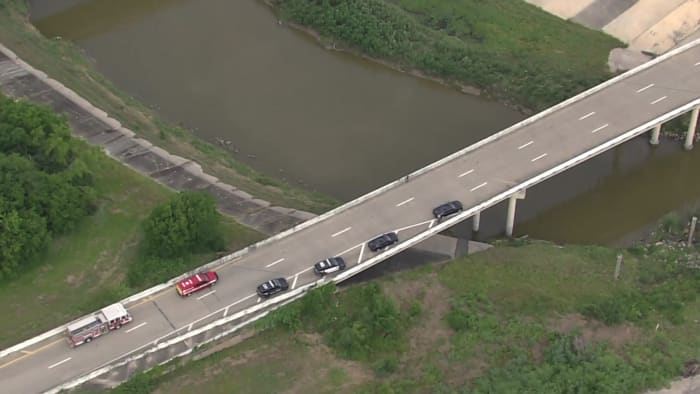Understanding Your Rights and Responsibilities After a Car Accident
Every 60 seconds, somewhere across America, a car accident occurs. The National Highway Traffic Safety Administration’s sobering statistics remind us that millions of drivers face this reality each year. Whether you’ve been behind the wheel for decades or just earned your license, knowing your rights and responsibilities after a collision isn’t just helpful—it’s essential for […] The post Understanding Your Rights and Responsibilities After a Car Accident appeared first on Houston Press.


Every 60 seconds, somewhere across America, a car accident occurs. The National Highway Traffic Safety Administration’s sobering statistics remind us that millions of drivers face this reality each year. Whether you’ve been behind the wheel for decades or just earned your license, knowing your rights and responsibilities after a collision isn’t just helpful—it’s essential for protecting yourself both legally and financially. The difference between being prepared and scrambling in the aftermath can determine whether you face a straightforward resolution or months of costly complications. That’s precisely why many people turn to experienced professionals like Simmons and Fletcher, car accident lawyer when dealing with complex post-accident situations.
What to Do Immediately After a Car Accident
Those first few minutes after a car accident can feel overwhelming, but they’re absolutely critical for everyone’s safety and your future protection. Start with what matters most: check yourself and others for injuries, then get to safety if you can manage it. Even if the accident seems minor, call emergency services right away. Some injuries, particularly those involving soft tissue or head trauma, don’t always show symptoms immediately.
Documentation becomes your best friend at this stage. Pull out your phone and start taking pictures—lots of them. Capture the vehicle damage from every angle, photograph road conditions, nearby traffic signs, and the overall scene. Get contact information from everyone involved: names, phone numbers, insurance companies, and policy numbers. Don’t forget about witnesses either. Their accounts could prove invaluable if disputes arise later.
Key Takeaway: Your safety comes first, but thorough documentation runs a close second in importance.
Understanding Legal Responsibilities and Obligations
Each state has its own rulebook when it comes to legal requirements for accident reporting and information sharing. Most require you to report accidents involving injuries, deaths, or property damage above a certain dollar amount to local police. These thresholds vary considerably—some states want to know about any accident involving injury, while others set different benchmarks.
You’re legally bound to share basic information with other parties: your name, contact details, insurance information, and driver’s license number. While you must cooperate with responding officers, resist the urge to admit fault or speculate about what caused the accident. Stick to the facts of what you observed and experienced. Those well-meaning apologies or assumptions about blame can come back to haunt you during the claims process.
Navigating Insurance Claims and Coverage
Your insurance coverage serves as your financial shield, but only if you understand what protection you actually have. Most policies bundle several coverage types: liability insurance handles damages you cause to others, collision coverage takes care of your vehicle repairs regardless of who’s at fault, comprehensive coverage protects against non-collision events like theft or storm damage, and uninsured/underinsured motorist coverage steps in when the other driver lacks adequate insurance.
When it’s time to file a claim, reach out to your insurance company quickly and arm them with accurate, comprehensive details about what happened. Have your documentation ready—those photos, police reports, and witness statements you gathered will prove their worth here.
Steer clear of these common pitfalls:
– Admitting fault or guessing about what caused the accident
– Jumping on the first settlement offer without proper evaluation
– Overlooking damages or potential injuries in your documentation
– Skipping medical attention because you “feel fine”
When to Seek Legal Advice After a Car Accident
Certain situations practically demand the expertise of a car accident lawyer. If you’re dealing with serious injuries, facing questions about who’s at fault, or wrestling with complicated claims involving multiple parties, professional legal help can make all the difference. Attorneys bring specialized knowledge about insurance company strategies, know how to calculate fair compensation for your damages, and can represent your interests in court if negotiations break down.
Legal professionals excel at tasks that can overwhelm accident victims: gathering additional evidence, collaborating with accident reconstruction specialists, and handling all those back-and-forth communications with insurance companies. They understand the tactics insurers use and know how to counter them effectively.
Common Challenges and Pitfalls in Car Accident Cases
The road to resolution after an accident rarely runs smoothly. Delayed symptoms catch many people off guard—conditions like whiplash or concussions can take days to surface, which is why getting a medical evaluation makes sense even when you feel perfectly fine initially.
Disputes over fault create another frequent headache. Insurance companies have strong incentives to shift blame or downplay their liability, and these disputes can significantly impact your compensation. Don’t be surprised if initial settlement offers come in low either. Insurers routinely start with minimal offers, hoping victims will accept them without digging deeper into what their claims are actually worth.
Key Takeaway: Knowing your rights helps you sidestep expensive mistakes that could derail your case.
Protecting Yourself and Others: Preventative Measures
Today’s vehicle safety features have revolutionized accident prevention. Technologies like automatic emergency braking, blind spot monitoring, and lane departure warnings can help you avoid collisions entirely. But technology only works when your vehicle is properly maintained—regular brake inspections, tire rotations, and ensuring all lights function correctly all contribute to safer driving.
Smart safety practices include:
– Keeping safe distances between you and other vehicles
– Eliminating distractions while driving
– Staying current with vehicle maintenance schedules
– Keeping up with changes in traffic laws and regulations
Every driver benefits from understanding post-accident procedures and knowing their legal rights inside and out. Take time to review your insurance policies regularly—make sure your coverage levels still make sense for your situation. Stay informed about your state’s specific requirements, as these can change over time. When you’re facing complex situations after an accident, don’t hesitate to seek professional guidance. It’s not just smart advice—it’s often the key to protecting your interests and achieving the best possible outcome from an unfortunate situation.
The post Understanding Your Rights and Responsibilities After a Car Accident appeared first on Houston Press.


